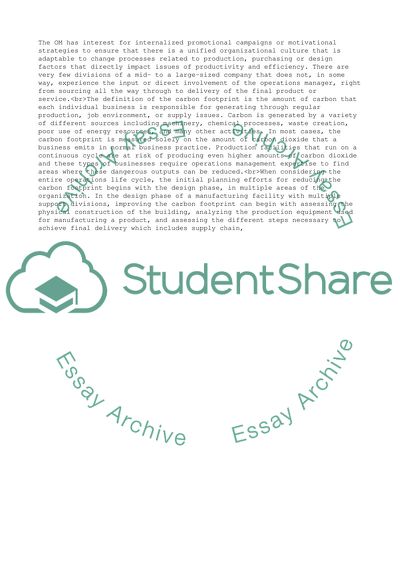Cite this document
(The Role of Operations Management Research Paper, n.d.)
The Role of Operations Management Research Paper. Retrieved from https://studentshare.org/business/1735573-13
The Role of Operations Management Research Paper. Retrieved from https://studentshare.org/business/1735573-13
(The Role of Operations Management Research Paper)
The Role of Operations Management Research Paper. https://studentshare.org/business/1735573-13.
The Role of Operations Management Research Paper. https://studentshare.org/business/1735573-13.
“The Role of Operations Management Research Paper”, n.d. https://studentshare.org/business/1735573-13.


